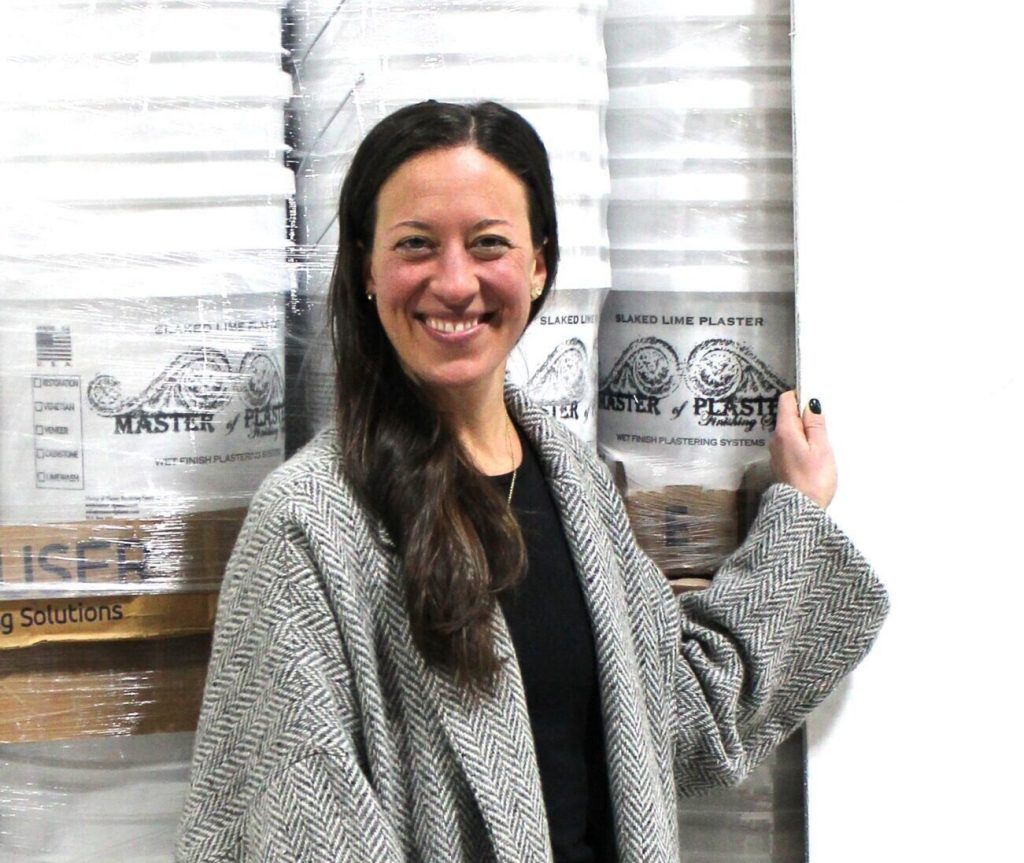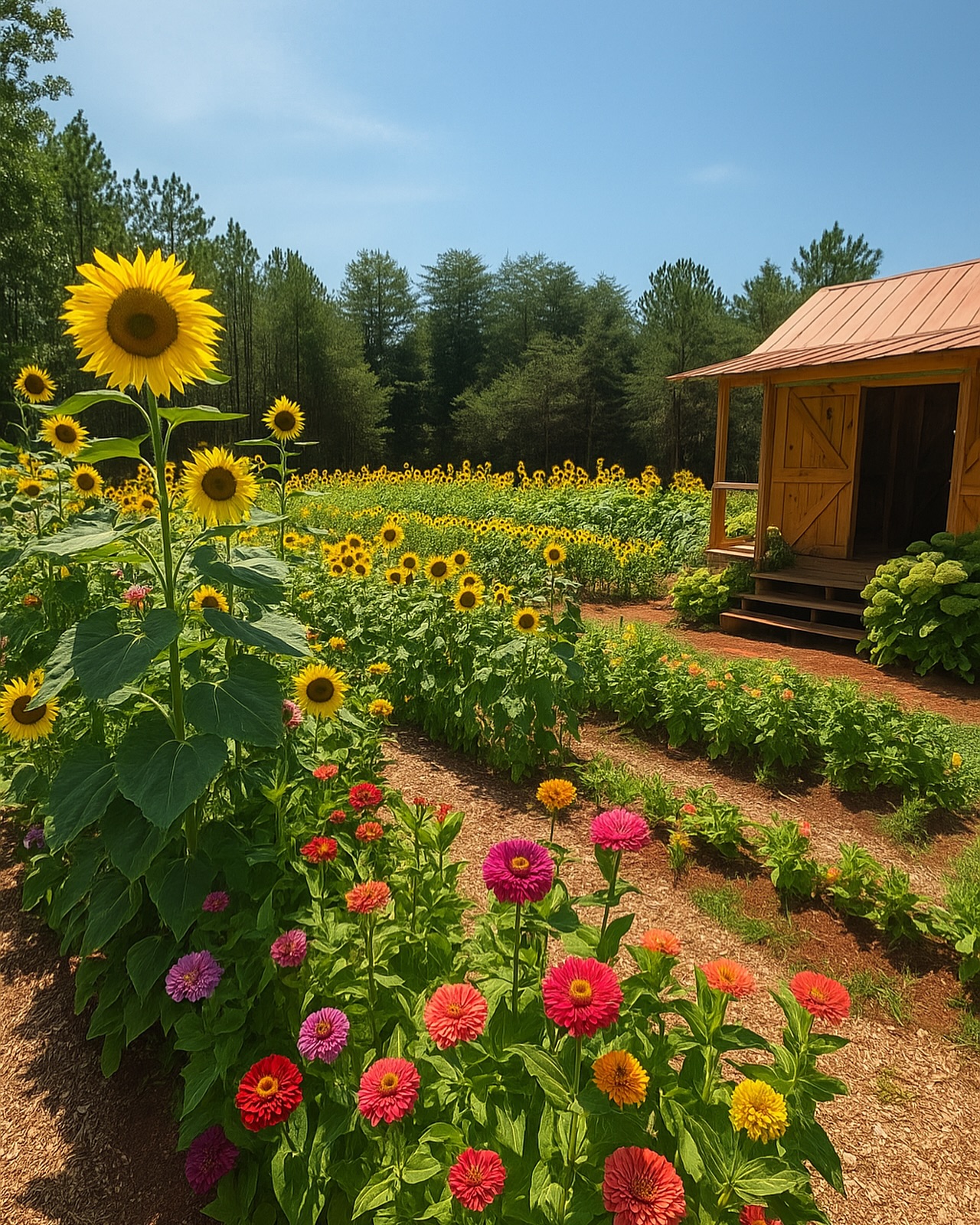Life in Our Foothills – February 2024 – Lauren Dillon is Preserving a Centuries-Old Craft
Published 1:09 pm Monday, February 5, 2024
|
Getting your Trinity Audio player ready...
|
Nestled in the Foothills, Landrum to be exact, lies Master of Plaster Finishing Systems, Inc., a boutique manufacturing firm keeping the centuries-old tradition of plastering alive.
The firm is a family business led by executive designer and plaster artist Lauren Dillon, who specializes in creating historically authentic slaked lime plasters that have been used extensively in high-end residential and commercial design projects across the country.
In recent years, Dillon has led the charge in restoring historic buildings and creating beautiful spaces and unique art pieces. Ornamental plaster is a centuries-old technique that uses a durable plaster to sculpt decorative elements onto walls and surfaces.
Trending
Dillon’s passion for plastering began after she graduated from Virginia Tech with a degree in landscape architecture, where she participated on the swim team. She pursued her Master’s in urban design with a focus on historic preservation at University College Dublin in Ireland, where she fell in love with the ornamental plasterwork that could be found throughout the capital city.
After returning to the Carolinas, Dillon went to work for her father, Kirk. Kirk Dillon had found a kindred spirit years before in Michael Kempster, who had been continuing his family’s plastering practice for nine generations until he passed away due to cancer in 2008. Kirk took over the business since Kempster had no heirs.
Lauren and her sister, Kirstie, now work with him, using their talents and education to benefit the family business. Kirstie’s specialty is on the financial side. The two sisters recently followed their father from Columbia to Landrum after they relocated their business here, taking over a former cabinet shop. Their parents had relocated to Tigerville, and the family decided to relocate the business with them.
As executive designer, Dillon applies her background in architecture and design to projects built around Master of Plaster’s lime putty plasters. These projects include restoring the Philadelphia Lazaretto, a 1799 building that was America’s first quarantine hospital, a children’s cancer research facility in Washington, D.C., and an array of private and commercial commissions.
A standard installation is at least a three-coat installation, and the lime plasters are handcrafted and have to cure in between coat applications.
“During this process,” says Dillon, “the plaster reabsorbs carbon dioxide from the air, which keeps it from drying out and helps give genuine lime plaster its beauty and depth. How long the process takes can depend on the temperature and the humidity of the environment. We do one coat daily, with the curing taking place overnight.
Trending
“It’s almost zen-like when you are applying plaster, very much like swimming. You have to focus, and you can’t listen to music. You have to concentrate on applying. Lime plasters can also be a great DIY project for folks that want to get their hands dirty.”
Throughout the process, she uses a hawk and a trowel, simple tools that have existed for hundreds of years. “One of the things about this craft is the plasterer’s tools really have not changed since the beginning,” she says.
All of her plasters are made by hand in small batches in Columbia, South Carolina. They offer several different lines, plus custom plasters for clients. The plasters are also tinted in-house. A labor-intensive process that shows off another of Dillon’s many skills and pays off in one-of-a-kind colors.
Elevating someone’s experience of their surroundings isn’t just a commercial venture for Master of Plaster. Dillon has also led workshops to combat the idea that plaster is a dying art, but mostly to pass along what she has learned.
“I feel like this is Mike’s legacy that I’m working to carry on,” she says. “It’s this body of knowledge, understanding and craftsmanship, and it’s not mine to keep.”
Dillon’s company has been involved in some high-profile projects over the years, including the interior renovation of the Hirshhorn Museum in Washington, D.C.
“To be able to work on a Smithsonian Institute project that sits on the National Mall was quite an exciting moment for us,” Dillon says. “And to be able to go back and visit and see works from the likes of Mark Rothko, Alberto Giacometti and Jackson Pollock gracing our plaster walls is such a testament to the enduring nature of these materials and this craft.”
She has also become known for making plaster-cast tile art, often with botanical themes. All the tiles are hand-cast, and the process reveals many delicate details that are often unnoticed in real life. As every tile is handmade, the shade of the plaster and the exact dimensions may vary slightly. Each one comes ready to hang.
“There is a store in Columbia that carries my stuff, and Mark Holland at the Wood Berry Gallery has begun to carry it, but I’ve mostly done commission installations at restaurants or hotels. It’s more of a side job, but I love it.
“I use gypsum for the tiles,” she adds. “A molding plaster. I create custom molds that I design, do pours, and do different presses. They are more sculptural, but they aren’t sculptures. All of my work is of nature and can return to nature.”
But it’s not just about working on high-profile projects and creating art. Dillon’s firm also takes on smaller jobs, which are just as important to her.
Whether you’re an architect, designer or homeowner, Dillon’s firm is here to assist you throughout all steps of your project. With their expertise in ornamental plaster restoration and flat-wall plaster preservation. You can be sure that your project is in good hands.
In a world where technology constantly advances, it’s refreshing to see a craft that has remained essentially unchanged for hundreds of years. Lauren Dillon has inherited the passion for her craft not just from her family and Mike Kempster but also from all those who worked with ornamental plastering over the centuries. She is a faithful caretaker of the art, preserving and passing it down to future generations one project at a time.
You can learn more at info@masterofplaster.com






